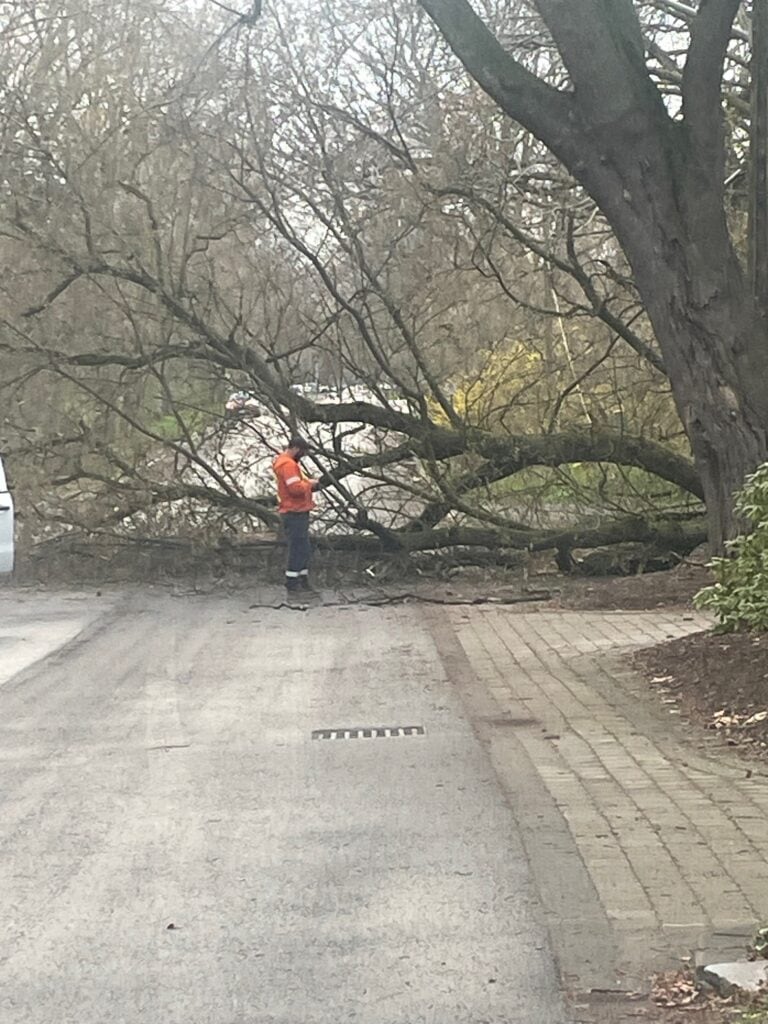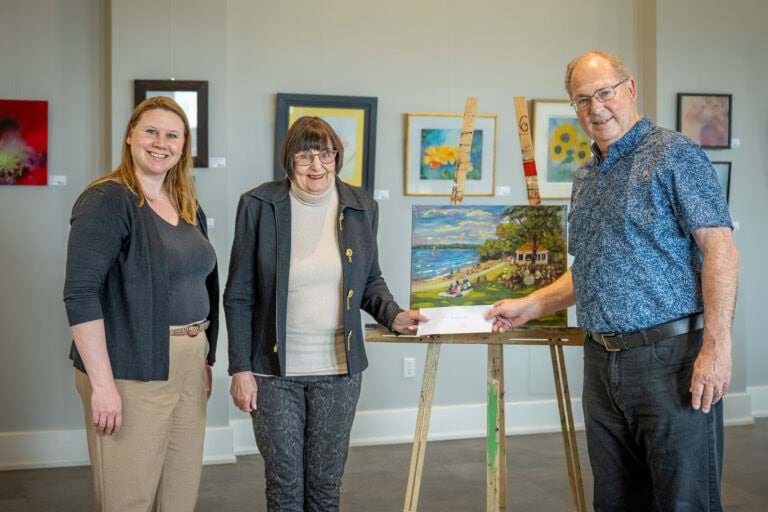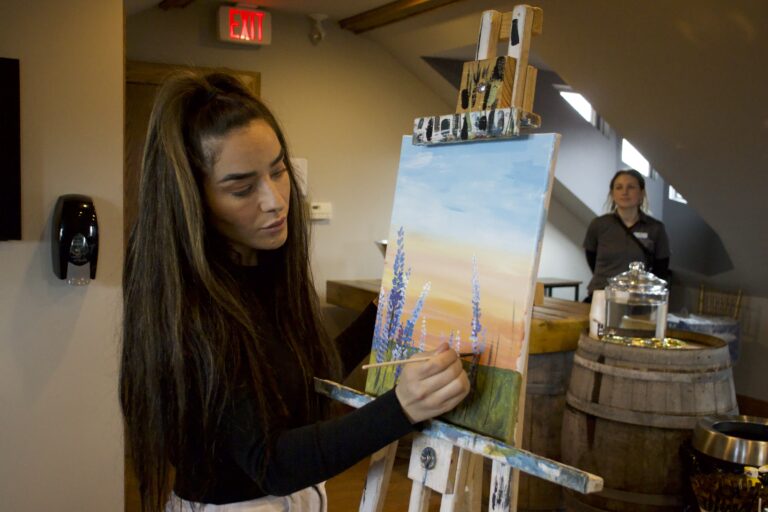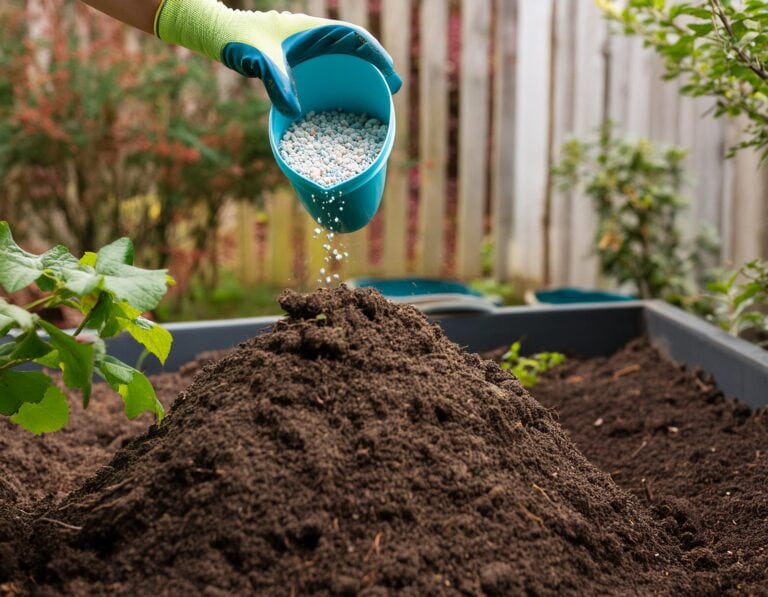Linda Fritz
Exclusive/The Lake Report
I have been writing this column for several months now and although I spend a lot of time researching my stories, there is no way I can catch everything. So, I’m truly grateful to those of you who have added to the stories I have told and have corrected my mistakes.
Two stories in particular have gathered a lot of attention. Although there are quite a number of books about the Queenston railway, a lot of people told me how surprised they were to read of its existence. My story centred on Queenston but I’m sure there is another whole column about its presence in the rest of Niagara.
People also talked to me about the Queenston peach. I never, in my wildest dreams imagined that I would become a peach biographer. It was a lot of fun to research and I’m so glad that the story brought back so many happy memories.
After the story of Queenston’s post office appeared, Betsy Masson sent me an article entitled “Old Queenston” that may have appeared in Saturday Night magazine. It’s difficult to tell because the article is simply a fragment.
Queenston was the home of the first post office in Upper Canada. One question I couldn’t answer was where exactly it was located.
The collected wisdom was that it was somewhere near the corner of Dee Road and Queen Street (now Queenston Street.) Archeological digs were unable to produce any clear evidence. The magazine article suggests the reason for this is that when the building was demolished, the stones were used to create a fence for the Willowbank estate along Dee Road. Although somewhat dilapidated, much of the fence is still there.
I chose to concentrate my story about Willowbank on the present day School of Restoration Arts. Elizabeth Oliver Malone thought it would be useful for a more detailed history of the Hamilton family’s ownership of the estate. It is as follows:
John Hamilton was the youngest step (half?) brother of Alexander. John Latshaw (the designer of Willowbank) was a master builder who was born in York County, Penn. He crossed the border to Niagara Falls (Upper Canada) in 1828 after his stepbrothers cut him out of his father’s will.
John Hamilton married Frances Macpherson and moved to Kingston where he built a shipping dynasty. He was faithful to Queenston and had Latshaw build Glencairn for him in 1832. Alexander contracted Latshaw to build Willowbank in 1834 and Alexander and Hannah moved in with their six children in 1836.
We have letters from Hannah Jarvis Hamilton regarding summer visits to Glencairn, and sympathy and support to Hannah after Alexander’s untimely death (in debt) in 1839. Hannah and 10 children, ages six to 21 had only the pension of her mother (Hannah Peters Jarvis) to keep them alive.
Hannah Jarvis Hamilton outlived her siblings and many of her children. She died at age 91 in 1888 and afterward three siblings were not able to look after the orchard, as the farm was called.
A nephew, Cyrus Jarvis Hamilton, returned from the United States to help and by 1904 the family decided to sell Willowbank to Cyrus for $100. You can see the wonderful indenture (document) where all the typing is faded but all the signatures of the children and grandchildren are in black India ink.
Cyrus married Phyllis Wikkens in 1909 and they had a daughter Caroline (Caro). By 1912, Cyrus needed help and persuaded his cousin, Toronto architect Alfred Boultbee (grandson of Maria Lavinia Jarvis and George Hamilton), to buy Willowbank and use it as a summer retreat. Cyrus built 129 Queenston St. for his family.
Greystone was built for Tom Bright, brother of John Bright (who bought Willowbank in 1934 from the Boultbee estate.) Both their wives were named Dorothy. Bright oriented Willowbank to front onto the Niagara Parkway as that road was a make-work project during the Depression. Appleton Boys School was for dyslexics but ran out of money. The NOTL Conservancy bought Willowbank. The Conservancy president was Laura Dobson. Mary Bright (daughter of Tom) and her husband (Tom Urban) put up most of the money through the American Friends of Canada (Bluma Appel arranged with Lady Bird Johnson).
Their daughter Vicky Bright Broer and the foundation still sit on the Willowbank board and help with funding. They chose Julian Smith to head the school because they believed it should be run by a heritage architect. Smith has an international reputation. He is the former architect for Parks Canada and has served on the National Sites and Monuments Board. He was an adviser to UNESCO and other international organizations, something that was essential to the school.
Two people wrote to provide more information about the Queenston Quarry. (A third letter, written by Phyllis Babyk appeared in the Nov. 25 edition of The Lake Report.)
Joseph Solomon wrote:
Another local building constructed of Queenston Quarry rock, was the former Baptist Church in the village of Queenston. It is now a community centre. It was constructed by Adam Vrooman, an early settler to Niagara, who lived between Lines 6 and 7 on the Niagara Parkway.
He had a trade in stonemasonry and he hauled the Queenston Quarry stones on his horse-drawn wagon from the quarry to the church site where he fitted the stones and constructed the church. He was also responsible for bringing the Baptist faith to the Queenston area, first holding meetings at his residence and later at this church. His son became a Baptist minister.
I was surprised at your comments that there could be some 10 kilometres of tunnels and caverns under this quarry. The removal of stone was a surface proposition, however, the quarrying of lime for the cement mining by Usher could have been underground mining and resulted in the tunnels and from the natural caverns.
One of the associated quarry lots that supplied stone was on the Parkway road, some halfway up the escarpment to the Heights. There is a house on the side the hill across from the observation viewing area of the Niagara River. The circular driveway next to this house leading up to the stairs to Brock’s Monument was a depression in the hill from the quarry of stone.
On the same topic, Doug King wrote:
My grandfather purchased blocks from the Queenston Quarry to use for sculptures on Toronto buildings. Also, the Toronto post office, which later became the Air Canada Centre had tons of Queenston limestone in its construction.
When the building was dismantled, Priestly Demolition gave me about 200 tons of it. Two stone patios at my home were cut from some of this. The balance was cut into bird baths and benches. Some are on my property but the rest were donated to charity in recognition of Vic Priestly for his generosity. I still have a few blocks from the building in my backyard that I hope to sculpt into garden furniture.
Finally, I have to thank Kathy Thomas. Her family has been in the Queenston area for generations. It was she who brought the Queenston peach to my attention and she talked to me about the Larkin farm, now under the Ontario Power Generation reservoir. Kathy was out walking with her grandson in October and at the end of the lilac garden near the floral clock, they came across a small plot of ancient apple trees. The trees were probably part of the old farm. Kathy picked some of the apples and turned up at my door with Larkin apple crisp. It was wonderful.
Thanks again to everyone who reads this column.
More Niagara’s History Unveiled articles about the past of Niagara-on-the-Lake are available at: www.niagaranow.com










